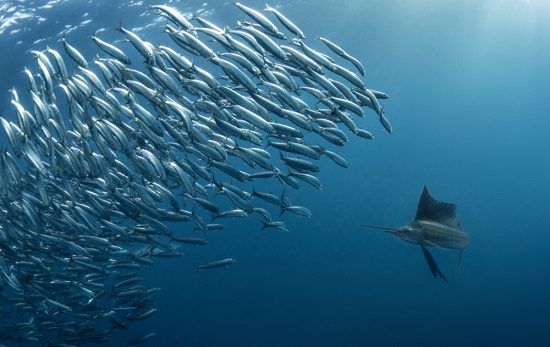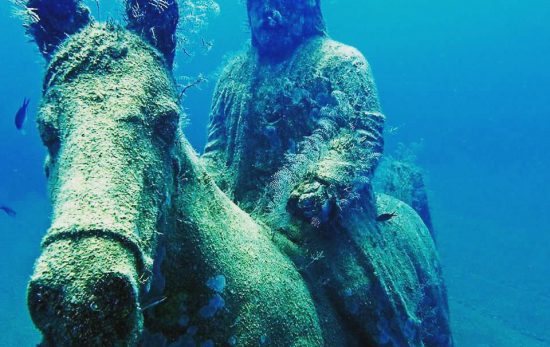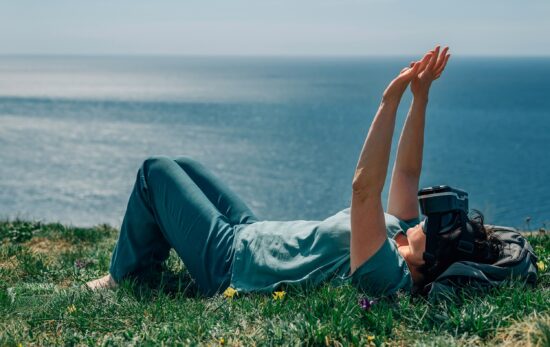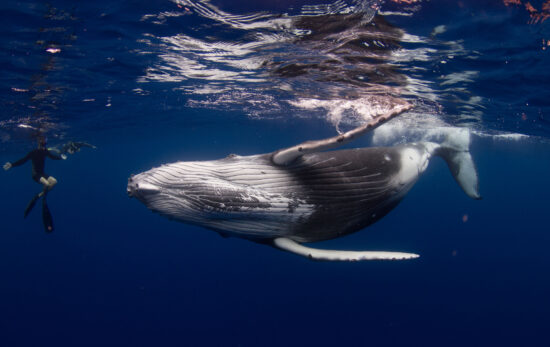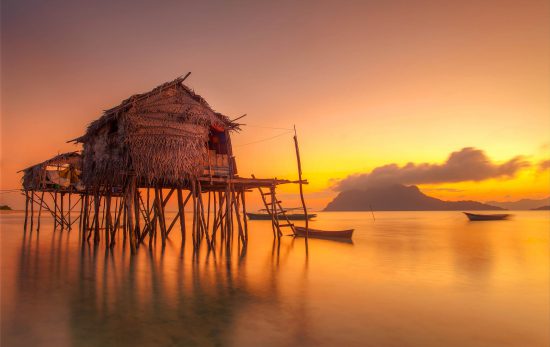To most divers, planning their diving holiday is the highlight of the year. If that dive trip this year is a visit to the Red Sea, be sure to read this article before you start planning.
It is always good to have a checklist of things to consider for your dive trip to the Red Sea. From where to stay to when to go, we’ve shared expert information to ensure you have the best, and most stress-free, dive trip possible.
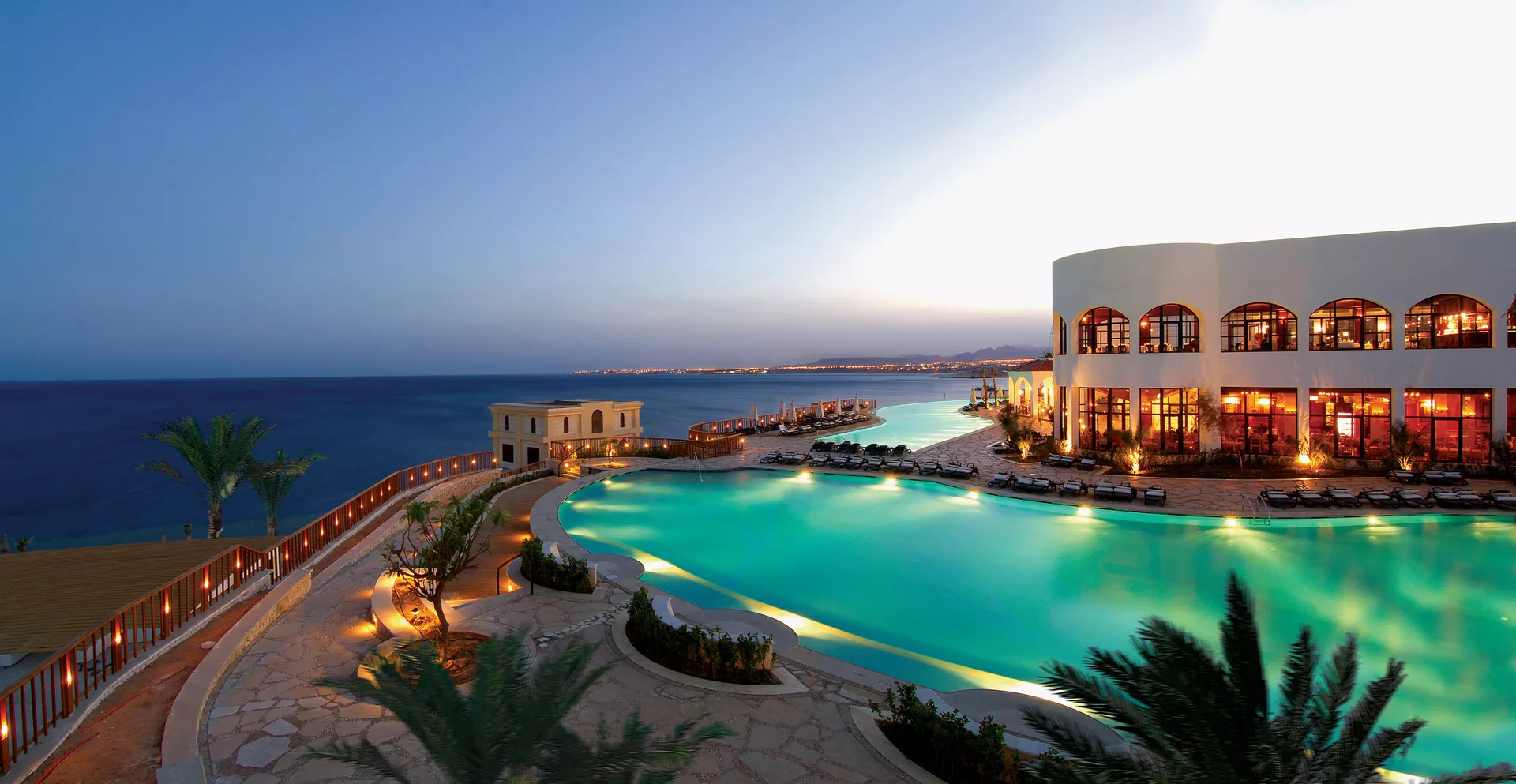
1. Accommodation
With the review websites available on the internet, it’s easy to get an idea of where to stay before you book your dive trip. However, with so many options along the Red Sea, it may be overwhelming. The first key decision is: dive resort or liveaboard?
Dive Resorts
For those traveling with non-divers or those who want to enjoy a mix of land-based and ocean-based activities, there are many hotels that cater for families, couples and groups, including great all-inclusive deals, aqua parks and spa options. The best bit is that nearly every seafront hotel hosts a dive center. This means you don’t need to feel too guilty while you are off enjoying some of the Red Sea’s spectacular diving. You may even convince the non-divers to try diving when they see your huge smile after a house reef dive!
What to Consider When Choosing a Dive Resort:
- Are you traveling with family? If the answer is yes, consider heading to a resort with extra onsite activities for kids. These could include a water park, a selection of restaurants, or a spa for the adults. Our top pick: Reef Oasis Blue Bay in Sharm el Sheikh.
- Is an on-site dive center important to you? An on-site dive center ensures no time is wasted traveling to and from your dive days. Check out all dive resorts in Egypt with onsite dive centers here.
- Do you want a more “local feel”? If all-inclusive luxury is not high on your priorities list, and you’d prefer a more intimate beach-front feel, consider staying in a tented village, like Marsa Shagra Village in Marsa Alam.
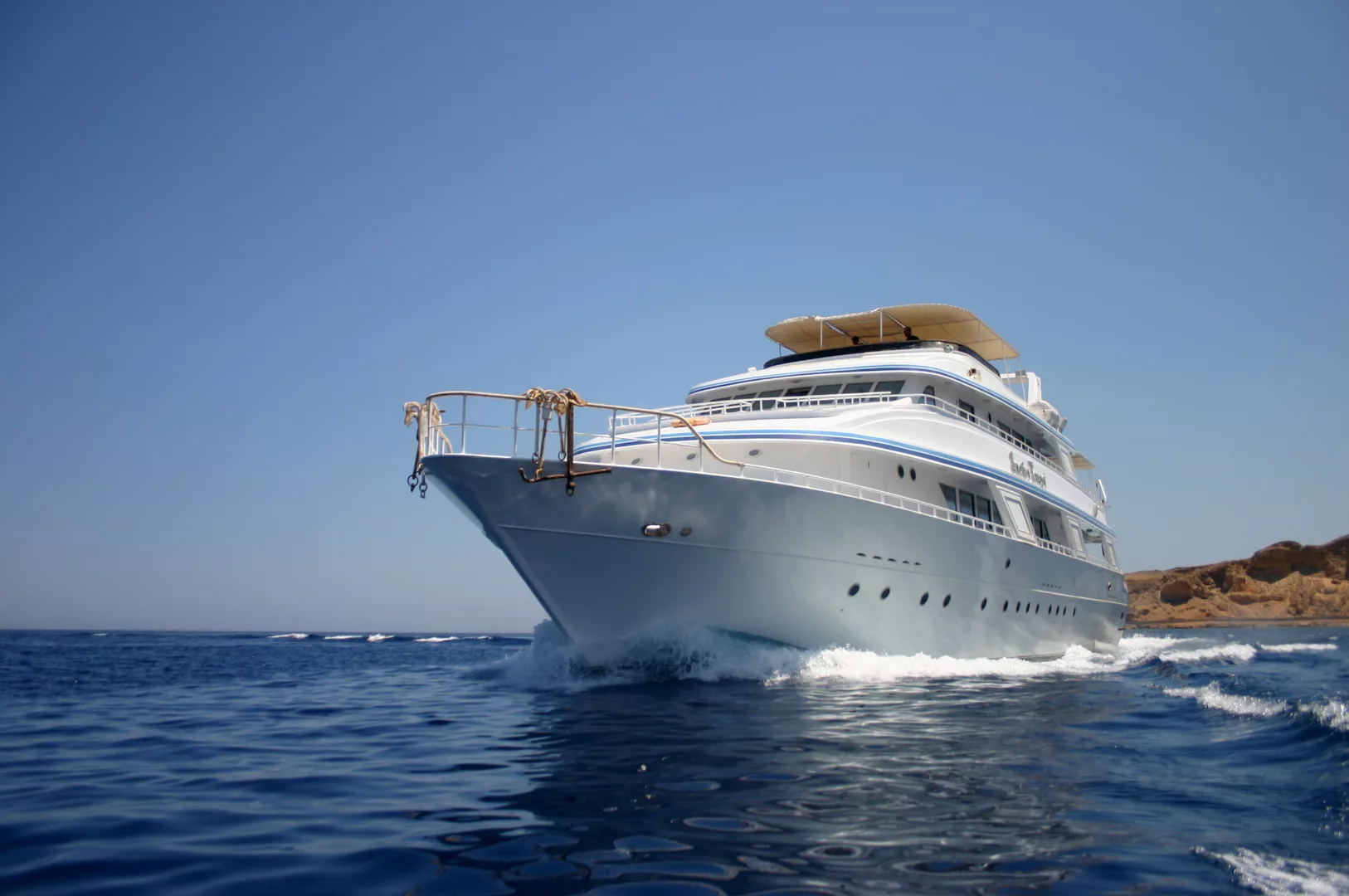
Liveaboards
For the slightly more adventurous, the choice is easy – a liveaboard. Liveaboards offer accommodation, meals and diving rolled into one, following the pattern of eat, sleep, dive, repeat. This is the perfect trip for many. It can be a great way to meet fellow divers and visit some of the hard-to-reach sites, such as one of the world class shipwrecks in Abu Nuhas, Elphinstone or Daedalus.
2. Logistics
Nearly all of the Red Sea resorts are accessible via flights from most airports in Europe. Therefore, it is pretty easy to get here, especially if you are flexible with your dates and can jump on those hot deals for flights that sometimes pop up online.
If you are flying directly to Sharm El Sheikh (with no stopover in other Egyptian airports) and plan to stay within the resorts of Taba, Dahab and Sharm El Sheikh, most nationalities will not need to buy a visa for stays up to fifteen days. If you decide to visit the resorts not situated in the Sinai, you will need to obtain a full Egyptian Visa, which is available at the airport on arrival. Remember to always check with your local authorities on what you need before traveling.
Hopefully, you will never need to use one of the many conveniently located hyperbaric chambers in the Red Sea, as brilliant as they are. Nevertheless, it is extremely important to have comprehensive travel and dive insurance.
3. Time of Year To Travel
This is an easy one. The Red Sea delivers world-class diving all year round. With almost 365 days of sunshine a year and water temperatures rarely dropping below 21 degrees Celsius (70 degrees Fahrenheit), pick a date and you will not be disappointed. If big schools of fish are your thing, then the summer months, June to October, with all the fish congregating in the National Park of Ras Mohamed are the best.
For more information on the best time to visit the Red Sea, head to our dive guide here.
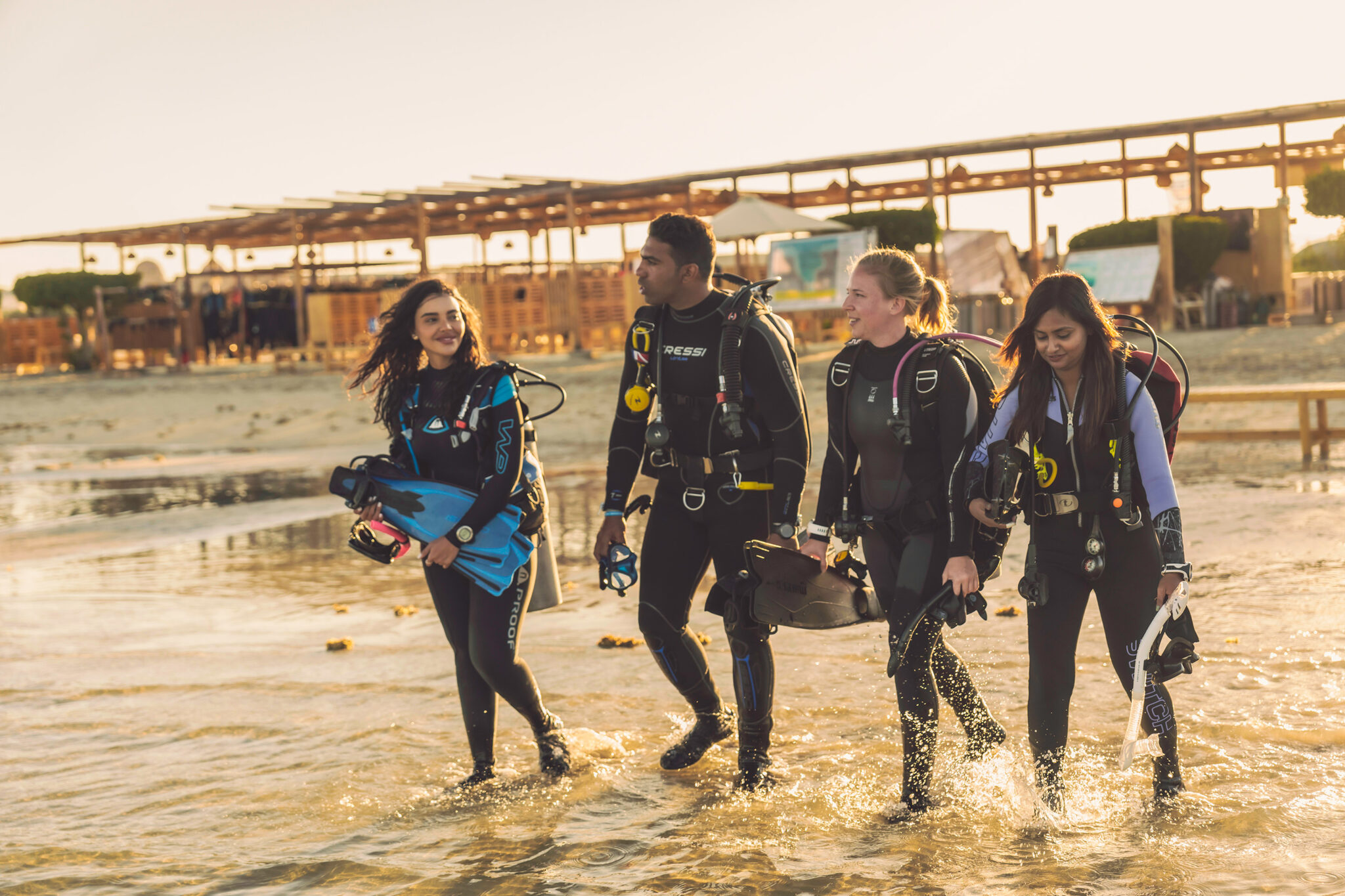
4. To Learn or Not to Learn
There are over 200 PADI dive centers in Egypt on the Red Sea, so learning to dive or continuing your education on your dive trip in the area is a great choice. With multinational dive instructors who dive almost every day, you will be in very capable hands, and the warm waters and astounding visibility make it a beginner diver’s paradise.
For those of you furthering your diving adventures, perhaps to the Divemaster level or above, the volume of divers that visit the Red Sea on a regular basis means you will gain lots of real-world experience throughout your course. Find PADI dive shops in Egypt here.
Don’t want to spend your holiday in a classroom? Check out the eLearning options available for your PADI course.
5. What Wetsuit Should I Bring?
It never gets really cold in the Red Sea, but sometimes it can be a little chilly due to the sea breeze during the winter months (December – April). During these months, wetsuit-wise, a 5 mm full wetsuit should be adequate and for those that really feel the cold, a 7 mm wetsuit will keep you toasty warm. For after the dive, a fleecy jumper and a hat or a surfing poncho are always good recommendations.
For the rest of the year, a shorty wetsuit or shorts and rash vest combo is more than enough for most people when the water temperature is an amiable 28 degrees Celsius (82 degrees Fahrenheit) on average.
Ready to Visit?
Hopefully, we have provided you with a five-point start on planning your next dive trip to the Red Sea. Read our travel guide for Egypt for even more info. See you underwater in the Red Sea!
Author Bio
Beth (“my lovelies”) Sanders, after achieving her PADI Open Water Diver in her native Wales, became completely addicted to the underwater world. Her fixation has cost her jobs, boyfriends and a whole load of other “respectable” things, so finally she had to make the diving pay. Becoming a PADI Instructor was the only option for Beth, who achieved the PADI Master Instructor rating in the Red Sea.
